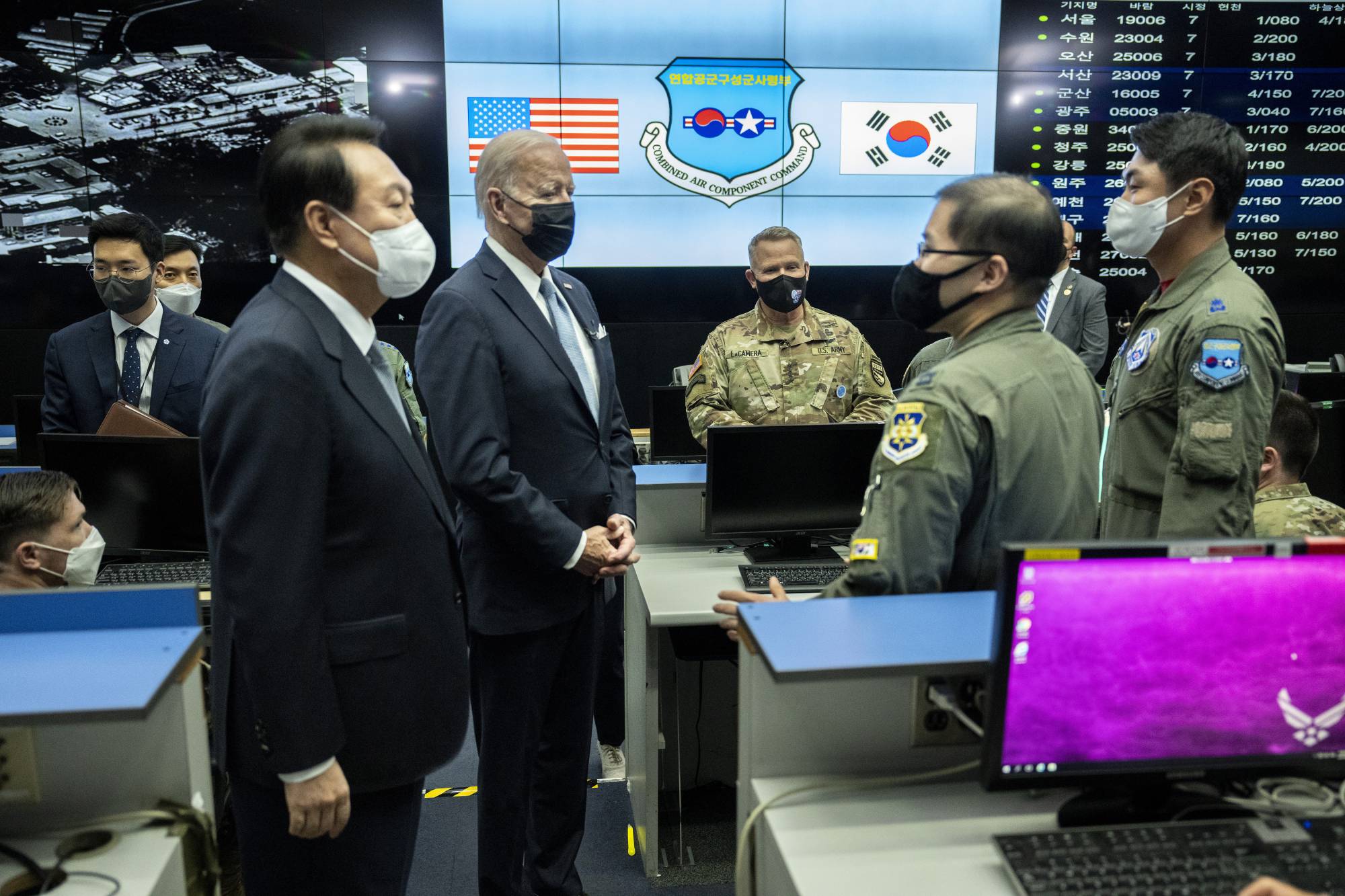As North Korea continues to enhance its missile arsenal, South Korea’s new conservative administration wants to tighten the screws on Pyongyang by taking a “peace through strength” approach.
One initiative is reactivating a channel to redeploy American strategic assets — and possibly tactical nuclear weapons — to South Korea, which was agreed upon when U.S. President Joe Biden visited Seoul late last month.
Officially called the Extended Deterrence Strategy and Consultation Group (EDSCG), the framework allows senior officials from both countries to discuss “extended deterrence” measures against North Korea — but it was suspended in 2018 as the previous Moon Jae-In and Donald Trump administrations made diplomatic overtures to Pyongyang.


















With your current subscription plan you can comment on stories. However, before writing your first comment, please create a display name in the Profile section of your subscriber account page.